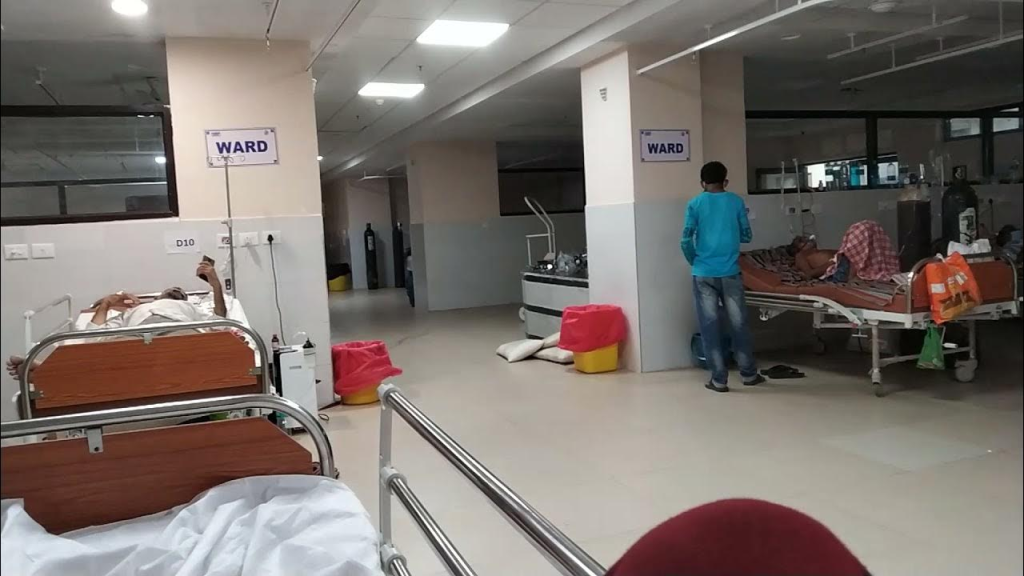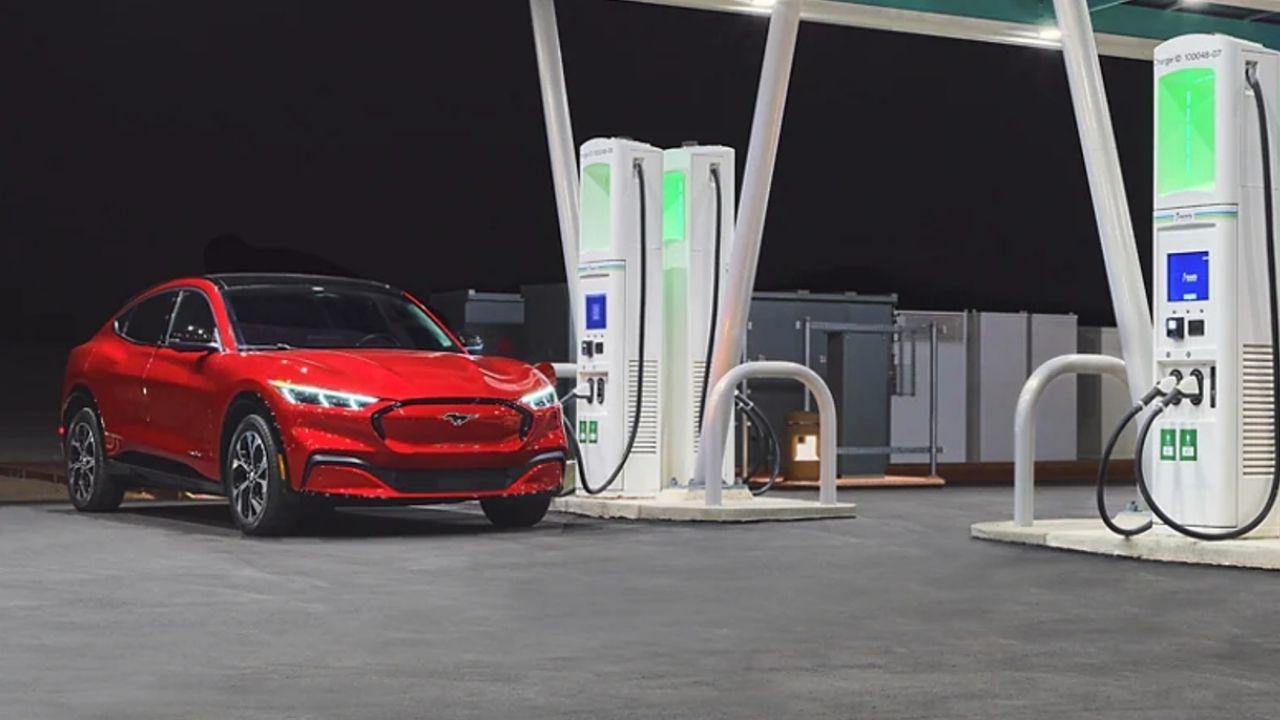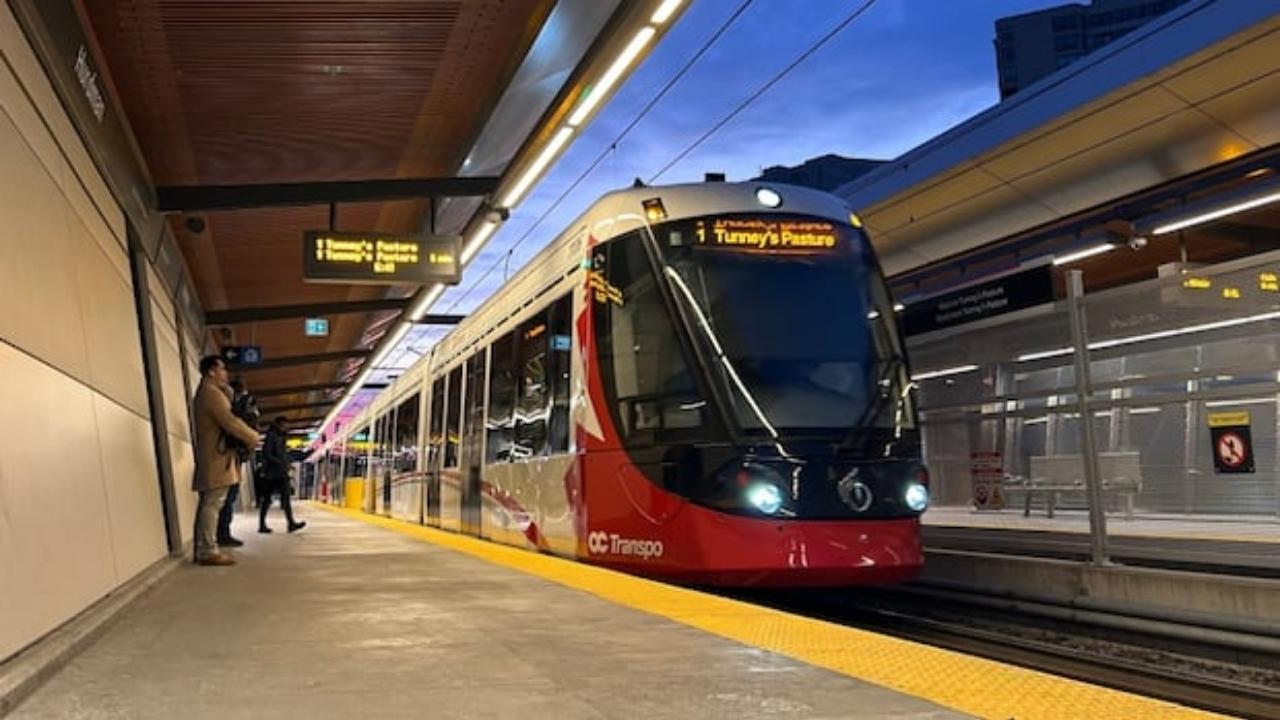When you think of real-life heroes, capes and superpowers might come to mind. But in Sundargarh, India, a dedicated team of surgeons just proved that real heroes wear scrubs. These professionals stepped into a life-or-death situation and changed the outcome through sheer skill, teamwork, and heart. The spotlight is now shining on the Sundargarh Medical College & Hospital (MCH) Surgical Team, who stepped up in the nick of time to save a man’s life — and earned national praise for their swift, skilled response.

This wasn’t just any hospital story — it was a moment that brought together decades of training, nerves of steel, and the kind of fast-paced, high-stakes action that most folks only see on TV medical dramas. Except, this wasn’t fiction. It was real. Raw. And it ended with a life saved.
The Operation That Made Headlines
On July 16, a 40-year-old man from Sundargarh was brutally stabbed in the abdomen during a domestic dispute. The injury was so severe that his intestines were protruding outside his body — a life-threatening emergency by any medical standard.
According to the World Health Organization (WHO), abdominal evisceration cases like this are extremely dangerous, with a fatality risk of up to 80% if not treated promptly. After a rapid referral from a nearby community health center, the patient was rushed to Sundargarh MCH on July 17. Within hours, a top-notch surgical team, led by Prof. P.K. Dalei and Dr. Laxmidhar Padhy, jumped into action, performing a complex emergency operation that lasted over two hours.
Sundargarh MCH Surgical Team Hailed as Heroes After Life
| Topic | Details |
|---|---|
| Incident Date | July 16, 2025 |
| Location | Sundargarh Medical College & Hospital (MCH), Odisha, India |
| Injury | Stab wound with intestinal protrusion |
| Lead Surgeons | Prof. P.K. Dalei, Dr. Laxmidhar Padhy |
| Surgical Team Members | Dr. Rabinarayan Guru, Dr. Dharbind Jha, Dr. Abhijit, Dr. Minakshi Pandey (Anesthesiologist) |
| Duration of Surgery | 2 hours |
| Patient Status | Stable and recovering well; full recovery expected in 15 days |
| Hospital Website | https://sundargarhmch.odisha.gov.in |
The Sundargarh MCH surgical team didn’t just save a life — they showcased a masterclass in modern emergency medicine. From timely intervention and surgical precision to postoperative care and compassionate support, their actions were nothing short of heroic.
In a world full of uncertainty, it’s comforting to know that dedicated professionals like these stand ready to deliver under pressure. Their story is a reminder of the power of preparation, expertise, and heart in saving lives.
A Breakdown of the Heroic Surgery
Step 1: Emergency Admission and Assessment
The patient was brought into the emergency ward, bleeding heavily, in a critical and semi-conscious state. Medical staff quickly identified a Grade 4 abdominal evisceration — meaning multiple layers of tissue were torn, exposing internal organs. He was also experiencing hypovolemic shock, a dangerous condition that occurs when a person loses more than 20% of their blood volume. Every second counted.
Step 2: Pre-Surgical Prep and Stabilization
The anesthesia team, led by Dr. Minakshi Pandey, managed the patient’s vital signs. They administered fluids, initiated blood transfusion, controlled bleeding with compression, and ensured a steady oxygen supply. Stabilizing the patient was critical before surgery could begin.
Step 3: The Surgery
Once the patient was prepped, the clock started ticking fast in the operating room. Under the expert hands of Dr. Dalei and team, the surgical team:
- Cleaned and disinfected the wound site using high-grade antiseptics
- Carefully reinserted the intestines into the abdominal cavity, assessing for ischemia or necrosis
- Repaired torn muscles and tissues using a combination of absorbable and non-absorbable sutures
- Controlled bleeding with hemostatic agents and cauterization
- Closed the incision with minimal tissue damage, reducing infection risk and promoting healing
Step 4: Post-Op Care
After the surgery, the patient was transferred to the Intensive Care Unit (ICU) for close observation. Post-op care involved:
- Continuous vital sign monitoring
- Administration of IV antibiotics to prevent infection
- Pain management and wound dressing
- Gradual reintroduction of fluids and semi-solid diet
Within 24 hours, he was showing signs of recovery — stabilized vitals, no internal bleeding, and tolerating oral fluids.

Why This Matters: Life and Death in Minutes
Abdominal evisceration is rare but deadly. According to the National Institutes of Health (NIH), survival rates drop sharply if surgery isn’t performed within hours of injury. (Source: NIH Trauma Care)
- Chance of survival without treatment: Less than 20%
- Chance of survival with immediate surgery: Over 85%
In rural and semi-urban regions of India, trauma care infrastructure is still developing. The Sundargarh team’s quick decision-making, coordination, and surgical precision not only saved this man’s life but also set an inspiring benchmark for regional hospitals across the country.
Behind the Scenes: Meet the Medical Heroes
Prof. P.K. Dalei
A veteran surgeon with over 25 years of experience in trauma and general surgery, Prof. Dalei is known for his cool-headed decisions in chaotic environments. His leadership has helped shape the emergency surgical wing of Sundargarh MCH into one of the most reliable units in the region.
Dr. Laxmidhar Padhy
As Additional Superintendent, Dr. Padhy wears multiple hats — from administrative roles to frontline care. His ability to mobilize staff and equipment in under 15 minutes played a critical role in the success of the operation.
The Surgical Team
- Dr. Rabinarayan Guru: Trauma specialist who handled exploratory inspection of abdominal damage.
- Dr. Dharbind Jha: Assisted with suturing, bleeding control, and anatomical restoration.
- Dr. Abhijit: Managed patient monitoring equipment and postoperative wound dressing.
- Dr. Minakshi Pandey: Anesthesiologist who maintained the patient’s vitals under complex trauma conditions.
What to Do in a Medical Emergency: A Quick Guide
Emergencies don’t come with a warning. Knowing how to respond can mean the difference between life and death.
Step 1: Don’t Panic
Breathe. Your calmness could save a life. Reassure the victim if they’re conscious.
Step 2: Call for Help
Immediately dial the emergency number. In the U.S., it’s 911. In India, dial 108 for an ambulance.
Step 3: Stop the Bleeding
Use a clean cloth or gauze to apply pressure to the bleeding area. If blood soaks through, don’t remove it — just add more layers and continue pressing.
Step 4: Protect the Organs
If any organs are outside the body, do not attempt to push them back in. Cover them gently with a sterile, moist dressing to prevent contamination and further damage.
Step 5: Transport Safely
Use a stretcher if available. Keep the person lying flat, legs elevated, and head turned slightly to the side to prevent choking in case of vomiting.
Lessons for Healthcare Professionals
This case serves as a real-world training model for emergency medicine practitioners, surgeons, and nursing staff:
- Speed saves lives: In trauma care, delays are deadly. Early intervention is key.
- Multidisciplinary collaboration: Success comes from tight coordination between departments.
- Preparedness pays off: The team had regular emergency drills. When the crisis came, muscle memory kicked in.
- Documentation and review: Post-op case documentation will now be used for future training modules at MCH.
The Sundargarh operation will likely be referenced in national trauma surgery seminars and medical journal publications.
INTACH Requests Heritage Tag for Janata Ranga Manch to Preserve History
Search Operation Launched After Fisherman Drowns in Balimela Reservoir
Tragic End of an ABVP Activist and Self-Defence Teacher in Odisha College
FAQs
How common are abdominal eviscerations?
They are rare but extremely dangerous, typically resulting from sharp object injuries or blunt force trauma. They require immediate surgical attention.
Can someone survive such an injury at home?
No. This is not an injury you can treat outside a hospital. Immediate medical care is essential.
What’s the recovery time?
With proper care, full recovery usually takes around 3–4 weeks, depending on the patient’s general health and age.
Is Sundargarh MCH equipped for trauma care?
Yes. It’s part of Odisha’s State Trauma Care Network, offering 24/7 emergency medical response and trauma surgery facilities.
How can I learn trauma response techniques?
You can explore certified first-responder and trauma training courses:








